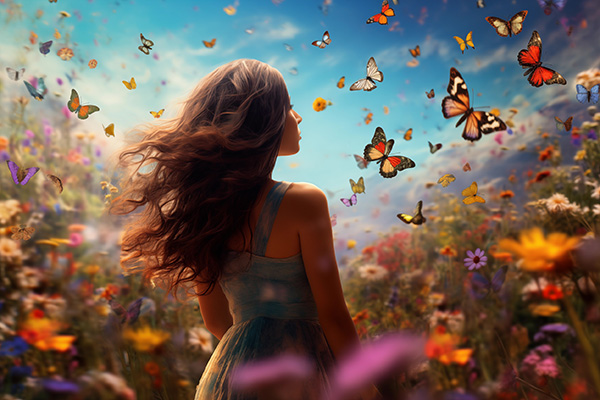presence
Finding Peace and Joy In The ‘No-thingness’
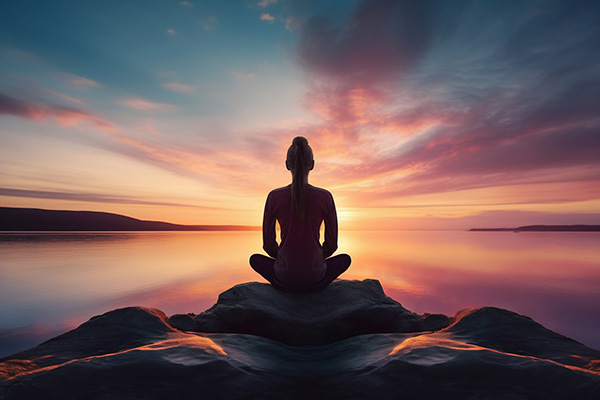 Like Neo in the movie The Matrix (1999) our minds occasionally slip into luminous moments of complete stillness and clarity — tiny mental pauses where all thinking stops just long enough for us to glimpse the truth of all existence.
Like Neo in the movie The Matrix (1999) our minds occasionally slip into luminous moments of complete stillness and clarity — tiny mental pauses where all thinking stops just long enough for us to glimpse the truth of all existence.
In these fleeting spaces between our thoughts, it becomes clear that the comings and goings of life are just that… temporary ‘blips’ of experience that arise and pass through our awareness.
I have come to know these moments as realizations of ‘no-thingness.’
In these brief pauses, something quietly opens up within us. We notice the obvious — what has always been there — hidden behind the busy waking mind and its constant commentary. Our awareness shifts from being consumed by temporary events to seeing what’s always there: the background, the container, the eternal.
These silent mental breaks reveal something much deeper and greater than our own existence and awareness.
There’s a word for this in ancient Sanskrit: svabhāva. It means one’s true nature — the essence of who we are beneath the roles, stories, and conditioning. The term is used in many yogic and Vedantic texts to describe the innate reality or unconditioned self beyond our human ego and thoughts.
Our true authentic self is not something we become. It’s something we remember. When we glimpse the silence between thoughts, we’re not discovering something new — we’re reconnecting with our original divine self. Not the self that reacts and worries, but the self that simply is. Svabhāva is the part of us that doesn’t come and go. It’s the constant presence behind every changing moment. It is the essence of living a truly conscious life.
It’s Time To Take Better Care Of Your Self!
 Only you know when it’s time to step into your authentic self. Only you know when it’s time to break free from the constraints of a life that no longer serves you and start living the life you were meant to live.
Only you know when it’s time to step into your authentic self. Only you know when it’s time to break free from the constraints of a life that no longer serves you and start living the life you were meant to live.
If your daily routine feels like running on a hamster wheel – repetitive, exhausting and uninspiring – it is time to step off and embrace change.
Doing the same thing the same way will always produce the same results. But by making small changes, you can cultivate a life of balance, joy, and fulfillment.
We are often our own worst critics. That little voice in your head may be whispering, “I can’t do this. I’m not good enough. I don’t deserve happiness.” These negative thoughts act as invisible barriers holding you back from personal growth.
It’s time to clear the mental clutter and make room for self-love and self-confidence. Replacing negative self-talk with empowering affirmations will shift your perspective and help you align with your highest potential.
Let go of the idea that we can rewrite the past. The past is past, and you have the power to create a new, fulfilling present. Living in the moment allows you to fully experience life without the weight of regret or fear of the unknown.
Your thoughts create your reality. A positive outlook attracts positive experiences, while negativity creates more negativity. The words you use-both out loud and in your mind-hold energy and influence your emotions and interactions. Even simple word choices can change the tone of a conversation and affect outcomes. By consciously choosing optimism, you can improve your relationships, well-being, and overall happiness.
Unlock The Door To Mental Freedom
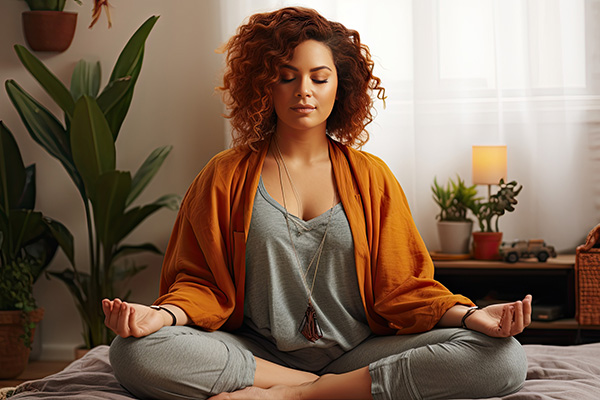 We’ve all been there — lost in thought, replaying a conversation from years ago, wishing we’d said something different, or fixating on something that hasn’t happened yet and probably never will.
We’ve all been there — lost in thought, replaying a conversation from years ago, wishing we’d said something different, or fixating on something that hasn’t happened yet and probably never will.
Our minds have a clever way of trapping us in the past, or pulling us too far into the future. In the process, we miss the beauty and joy of the present moment.
Being fully present is the key to happiness — the hidden treasure of everyday joy and fulfillment.
When we embrace the here and now, we experience true mental freedom. Instead of being burdened by past regrets or future fears, we begin to see life as it is — vibrant, alive, sometimes challenging, but always full of infinite possibilities and countless blessings waiting to be appreciated!
Think about the last time you were fully immersed in any experience. Maybe it was watching a sunset where the sky lit up with color, listening to music that made your soul soar, or laughing with a friend until your stomach hurt. In those moments, you weren’t dwelling on past mistakes or worrying about tomorrow’s to-do list — you were just there, experiencing life in real time.
Now, think about how often you are distracted by the constant pull of digital technology that keeps you from being fully present. Your phone pinging with notifications, drawing your attention away from the people and experiences around you.
Find Your Peace In The Present Moment
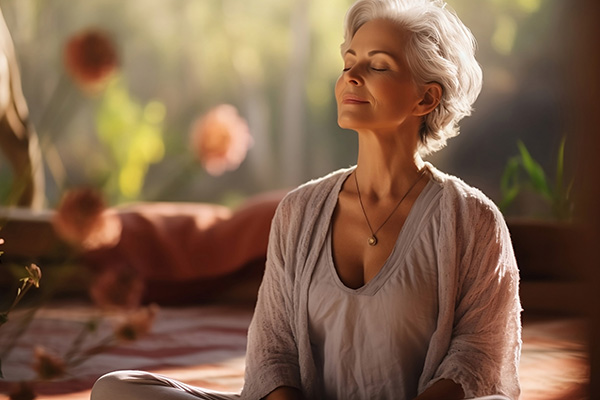 A theme that comes up frequently in psychic readings is how people inadvertently choose to live in the past, finding comfort in nostalgia or reliving painful memories that keep them tied to an earlier time. The past is often romanticized — a seemingly simpler, happier place, free from the burdens of the present.
A theme that comes up frequently in psychic readings is how people inadvertently choose to live in the past, finding comfort in nostalgia or reliving painful memories that keep them tied to an earlier time. The past is often romanticized — a seemingly simpler, happier place, free from the burdens of the present.
For those who had a happy and idyllic childhood, the past may seem like a golden era. They fondly recall carefree days filled with laughter, unconditional love, and the security of knowing that someone else was responsible for making the big decisions.
These people long for the innocence of childhood, the guidance of loving parents, the support of trusted mentors, and simpler times. It can be a source of comfort, but it can also prevent them from fully embracing the possibilities of the present.
For others, the past is a dark and painful landscape filled with trauma, regret, or missed opportunities.
Some people carry deep emotional wounds from their past. Perhaps they grew up in an environment of neglect, conflict, or abuse. Instead of a safe and nurturing childhood, they experienced hardship, pain, or betrayal.
Bad memories, deeply etched in the soul, can feel like an unshakable burden. Those who have suffered often relive their trauma, carrying resentment and anger toward those who wronged them. For these people, the past is not a place of comfort, but a source of suffering that continues to affect their daily lives. Continue reading
Letting Go Of What No Longer Serves You
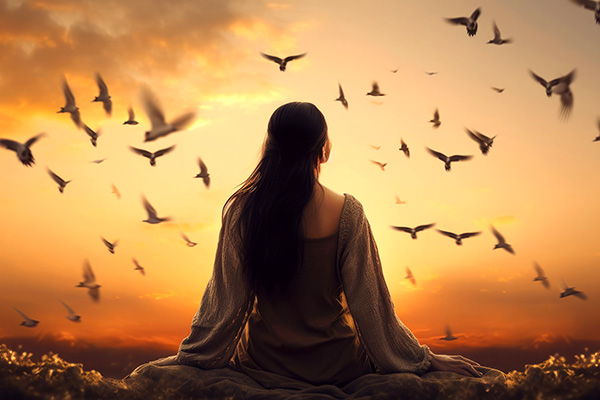 Letting go is never simple or easy, but it’s often necessary for our health, happiness, and spiritual growth. It’s a powerful act that frees our soul and honors our true essence.
Letting go is never simple or easy, but it’s often necessary for our health, happiness, and spiritual growth. It’s a powerful act that frees our soul and honors our true essence.
Letting go is about releasing what no longer serves us to create space for more joy, peace, abundance, and meaningful experiences to flow our way. It’s not about loss or sacrifice – it’s about making room for something better.
By letting go, we deepen our connection to our Higher Self, Spirit, and the Divine. We release the burdens that limit us, allowing us to step into our best life.
It’s a conscious choice to stay stuck or move forward. This means choosing to let go of negative thoughts, emotions, desires, habits, beliefs, or material things that hold us back. When we release these attachments, we open the door to new blessings, miracles, and personal growth.
Choosing to let go and taking the first steps can sometimes feel daunting. It’s normal to feel overwhelmed, but trust that each step you take to release the old and welcome the new brings you closer to peace, joy and lasting fulfillment.
As we release old patterns, we often feel lighter, more energized, and at peace. This newfound freedom allows us to explore new possibilities, pursue our passions, and live authentically. It’s not about forgetting – it’s about freeing ourselves from what holds us back and stepping into the full light of our true potential.
How To Get The Most Out Of Your Psychic Reading
 A reading with one of our talented psychics or mediums can offer you profound insight, guidance, clarity and healing, whether you’re seeking answers to pressing questions, making life decisions or exploring future possibilities.
A reading with one of our talented psychics or mediums can offer you profound insight, guidance, clarity and healing, whether you’re seeking answers to pressing questions, making life decisions or exploring future possibilities.
To maximize the experience, it is good to approach your reading with an open mind, clear intentions, and practical considerations. Here are some tips to ensure a meaningful and enriching session with our expert team of psychic readers:
Choose The Right Psychic
The first step is to find a psychic who will work best with you. Different psychics have different reading styles, specialties, and professional experience. Research their backgrounds, read reviews, and consider recommendations from trusted friends or online communities. A psychic whose style and approach matches your needs will enhance your experience and foster a stronger connection.
At PsychicAccess.com, we make this selection process easier for new clients by providing you with a detailed profile description, an introductory video, and their complete archive of reviews from other clients, as well as a free 6-minute trial reading with an available psychic of your choice. Why do we offer new clients a free introductory reading? Because we know you are going to love the psychics on our team!
Becoming a member of the Psychic Access team is not easy. We are very selective and only accept the best of the best to join our team. On average, only one in eight applicants make it to the interview stage, and out of that short list, only one in twenty are hired to offer readings on our platform.
